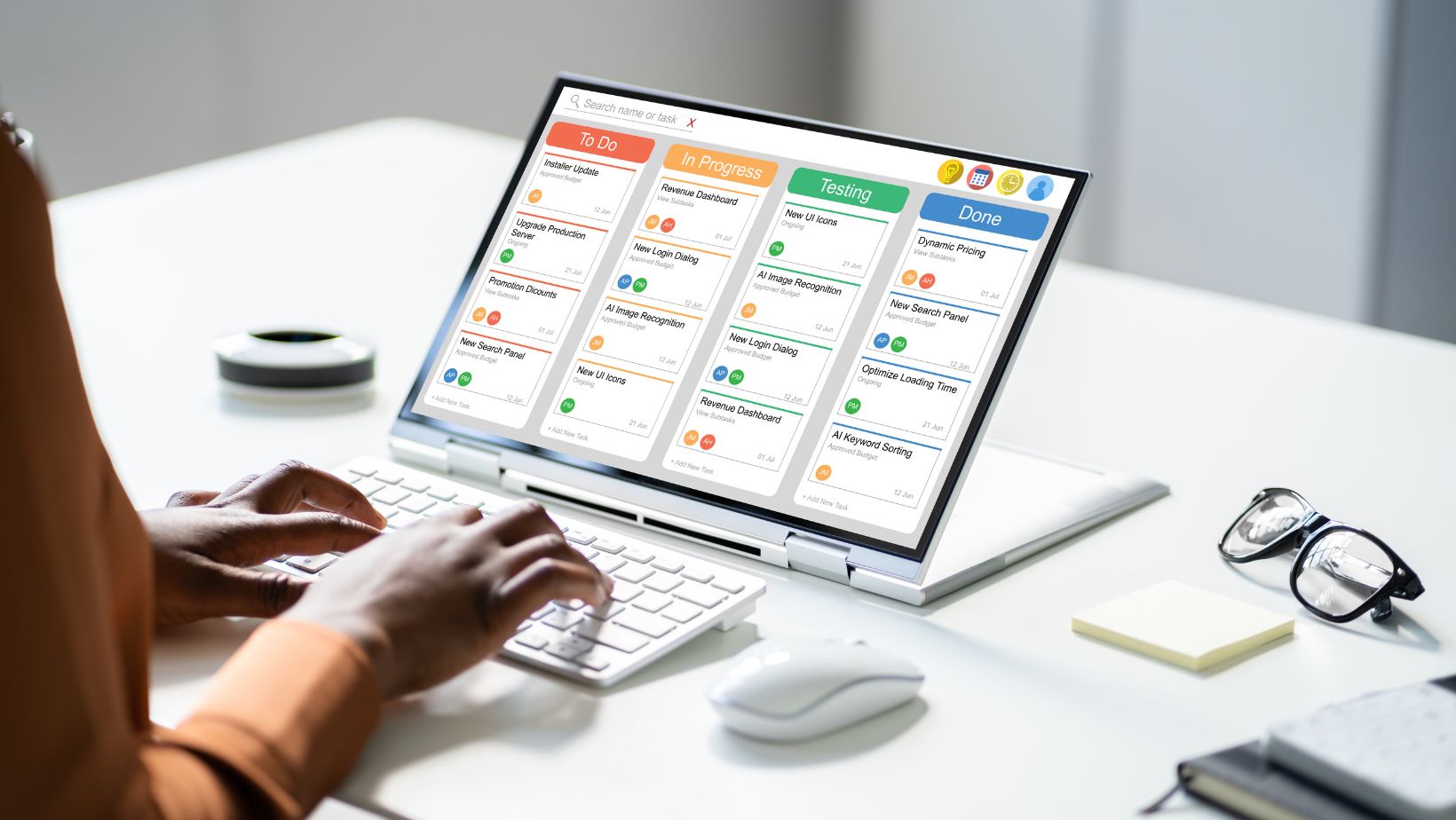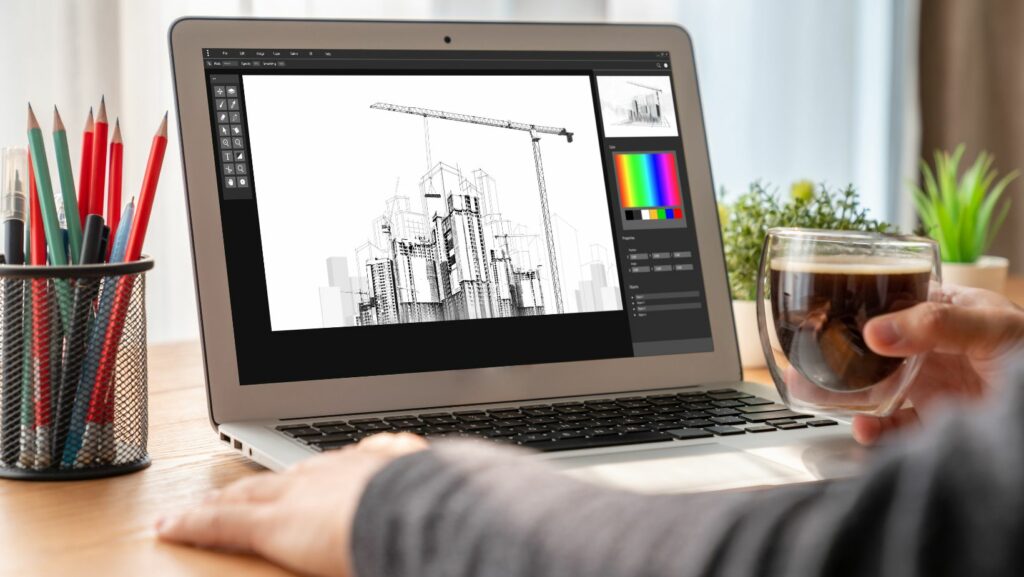In the bustling world of construction, efficiency is key. That’s where construction design software steps in, revolutionizing the industry with its innovative features. It’s a game-changer, streamlining processes and bringing blueprints to life with just a few clicks.
Construction Design Software
 Construction design software isn’t merely a tool in architectural projects; it’s an integral part. This application expedites the design process, enabling architects to visualize and amend designs in real-time. Additionally, the software has the power to automate repetitive tasks, allowing architects more time for creativity.
Construction design software isn’t merely a tool in architectural projects; it’s an integral part. This application expedites the design process, enabling architects to visualize and amend designs in real-time. Additionally, the software has the power to automate repetitive tasks, allowing architects more time for creativity.
Implementation of construction design software also eliminates potential issues, identifying design errors before construction begins. It’s software that goes beyond drafting; it empowers architects in their quest to create resilient, sustainable, and aesthetically pleasing buildings. It’s a revolutionary application that channels precision, efficiency, and sustainability, making architectural feats possible.
Key Features of Construction Design Software

Influencing robustness, sustainability, and aesthetics of buildings, construction design software presents a plethora of features. Rendering a 3D model tops the list, enabling architects to visualize their creations in three-dimensional space. It provides clarity on a structure’s cosmetic and functional characteristics, with nuances like stair placement or color selection becoming apparent.
Secondly, automated design refinement exists, pin-pointing design errors such as miscalculations or incompatible assemblies, and offering solutions. The software acts as a fail-safe, averting costly rectifications post-construction.
Lastly, data import and export capabilities enhance workflow efficiency. Architects can input specifics from previous work and integrate them into new projects, eliminating repetition and fostering progression. Conversely, data export to detailed construction sets assists contractors, bolstering construction efficiency.
Top Construction Design Software Reviews

Diving deeper, it’s time to evaluate the performance of major players in the construction design software domain. Keeping in view, the previously mentioned features like 3D modeling, automated design refinement, real-time integration, and data handling capabilities, three software stand out in the market; specifically, Autodesk Revit, SketchUp, and ArchiCAD.
Autodesk Revit presents itself as a champion, excelling in real-time integration, aiding contemporary designs. Given its success in tailored building objects library, it dominates in generating photo-realistic images from models.
Lastly, ArchiCAD declares its supremacy in automated design refinement. Architects applaud its capability in error detection and presenting quick fixes, vital for sustainability in building design.
How to Choose the Right Construction Design Software

Selecting the appropriate construction design software caters to company-specific needs, not forgetting that it differs based on individual project requirements. Begin by establishing project needs, considering features like 3D modeling, automated design refinement, real-time integration, and data import/export capabilities. These aspects, as previously discussed, significantly improve the workflow in construction design. Scrutinize, for instance, the strength of Autodesk Revit in real-time integration, SketchUp’s user-friendliness, or ArchiCAD’s prosperity in automated design refinement.
Next, evaluate the software based on the sustainability of its designs, flexibility, resilience and how visually appealing it allows your projects to be. Review the compatibility of the software with existing systems as this enhances synergy and eases the transition. Consider also the level of collaboration the software offers among stakeholders such as architects, engineers, and contractors. Lastly, gauge if the software fits within your financial capacities.
Implementing Construction Design Software in Your Workflow
Choosing the right construction design software isn’t just about picking the most popular or expensive option. It’s about finding a tool that aligns with your project needs and company objectives. Tools like Autodesk Revit, SketchUp, and ArchiCAD each have their unique strengths. They’re designed to streamline operations, enhance visualization, and detect errors early on.
When selecting software, it’s crucial to consider factors such as sustainability, flexibility, collaboration, compatibility, and cost-effectiveness. It’s not just about the initial investment but the long-term benefits that the software can bring to project efficiency and quality.
By integrating construction design software into your workflow, you’re not only investing in a tool but also in the future of your projects. It’s a decision that can significantly impact your company’s efficiency and the success of your architectural endeavors.

